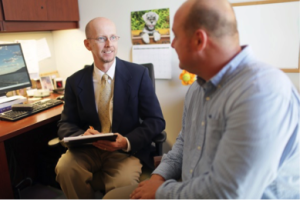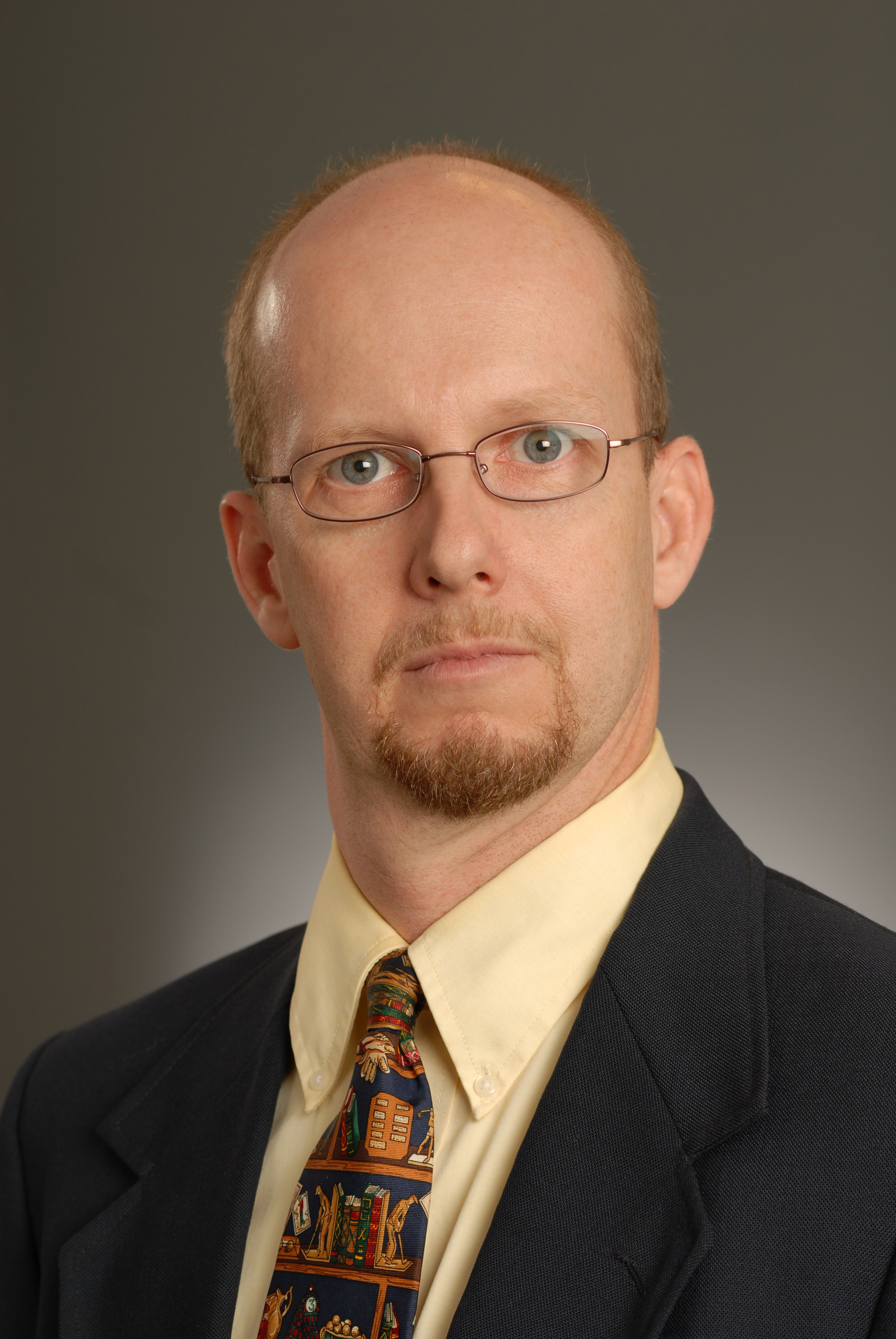Category: OCD
By Nicole Bosse, PsyD, Lindner Center of HOPE, Staff Psychologist
Kyle has been happily married to his wife Joanne for 5 years. One night while watching a movie together, he notices the thought in his mind, “Gee, that Matt Damon is a good looking guy!” He then is suddenly flooded with a wave of panic and fear that perhaps the presence of this thought means he is gay and his whole marriage is a sham. Although this scenario is fictional, it is an all-too common manifestation of a form of obsessive compulsive disorder. Referred to as sexual orientation- obsessive compulsive disorder (SO-OCD). SO-OCD is characterized by recurrent distress-producing doubts about whether one is gay or straight, fears of becoming homosexual (or becoming straight if their sexual orientation is homosexual), or fears that others might perceive the individual having the undesired sexual orientation. (Williams, 2008). A person may have only one of these concerns or some combination. SO-OCD is very different from ordinary doubts and anxieties that are experienced by individuals attempting to discern their sexual orientation. For example, an individual coming to understand that they are gay may feel anxious about coming out or about the potential changes this will bring to their lifestyle. As clinicians, it is important to thoroughly assess if their client’s intrusive thoughts are ego-dystonic. In SO-OCD, ego-dystonic intrusive thoughts are cognitions that are inconsistent with the individual’s fundamental desires, wants, and sexual history.
Individuals with SO-OCD typically experience confusion and shame, which may unfortunately deter them from seeking appropriate treatment. Another factor that might impact entering appropriate treatment is that many of the individuals who struggle with this type of OCD have very few observable compulsions, which can prevent it from being recognized and properly diagnosed. Many of the compulsions typically take the form of cognitive compulsions, specifically mental reviewing to check the presence or absence of feelings of attractiveness or arousal, reassurance seeking, self-observation to see if one “looks”, talks, walks, or gestures like someone who is gay or straight, and avoidance of situations that might trigger fears.
Treatment for SO-OCD is very similar to treatment for other categories of OCD, specifically exposure and response prevention (ERP) is the gold standard treatment. It is important to emphasize in treatment that it is impossible to control thoughts and that typically trying to control thoughts or push thoughts away significantly increases them. Next it is key to explain ERP and to help them understand the reason why they are leaning into the anxiety. It can be particularly helpful to have them identify what in their life would be different once their OCD is no longer in the picture. Once the client is on board with and understands the importance of exposures, the client and clinician work collaboratively to create a hierarchy of exposures. It is important to begin with low distress exposures at first, and then gradually work up the hierarchy once they habituate to the low level exposures.
As with any form of OCD, exposures for SO-OCD can take various forms, depending on the client’s core fear. For example, one client’s core fear may be that they need to be 100% certain that they are attracted to individuals of the gender of their preferred sexual orientation, while another client’s core fear may be that they do not want to hurt the person they are with if they one day discover they are attracted to a different gender. In short, it is very important to first identify what their core fear is before creating the exposure hierarchy. Some common exposures for clients with whom I have worked whose obsessions focus on fears of being gay include identifying attractive individuals of the same sex, watching movies involving homosexual characters, attending pride events, writing sentences stating “I am homosexual,” or writing imaginal scripts about coming out to loved ones or sitting with uncertainty that they will never know 100% if they are in the correct relationship. It is also important to emphasize the second component of exposure and response prevention, namely response or ritual prevention. For instance, it would be necessary for the patient to not give in to reassurance seeking or mentally assess arousal before, during or after exposures.
Treatment length can vary depending on severity of symptoms. It is important to work with someone who specializes in OCD. Typically, therapy occurs once per week with the idea that once exposure work is started the client will be completing exposures each day between sessions.

